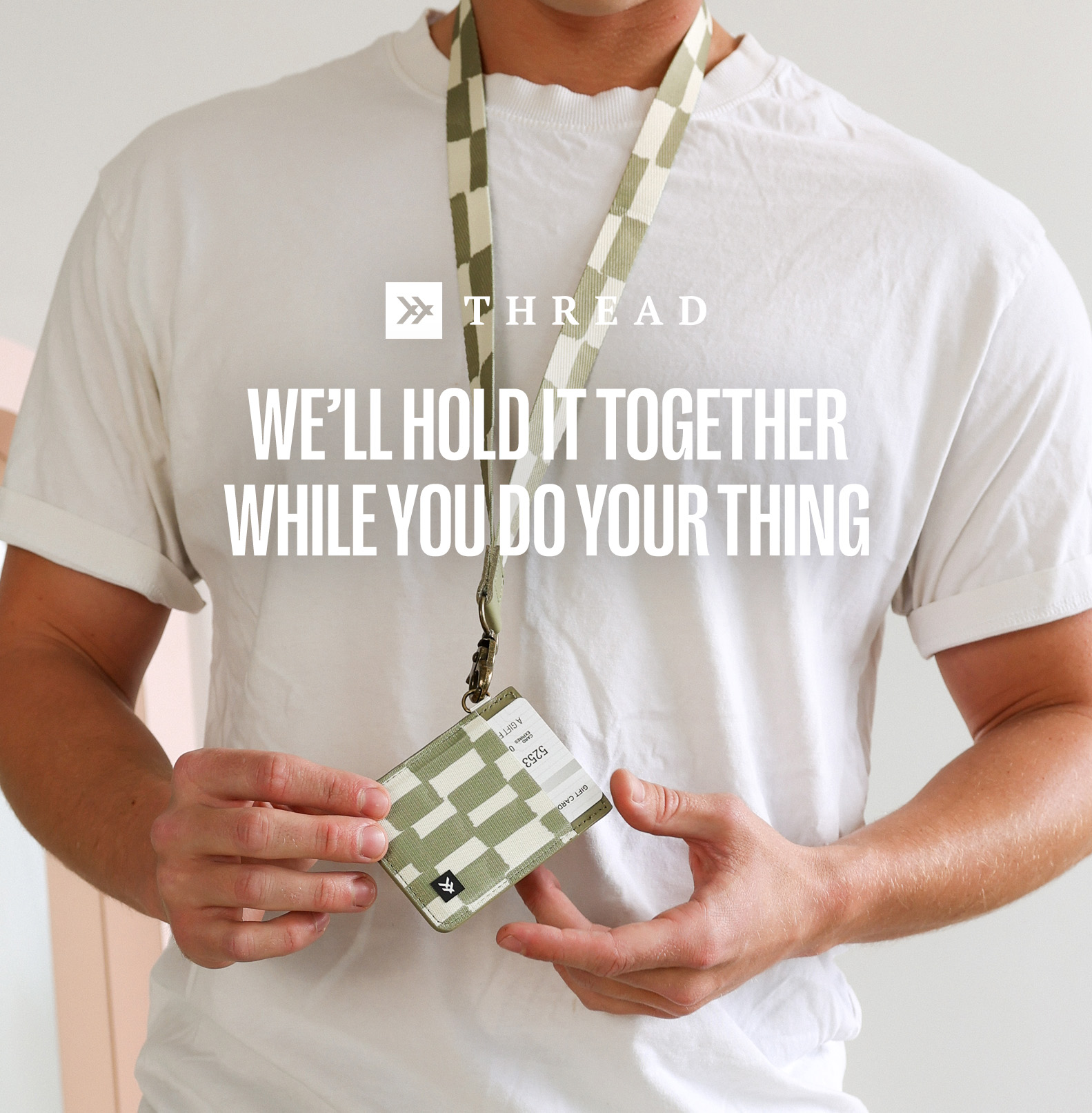Berlin is a city that wears its creativity on its sleeve. Scarred by history yet bursting with innovation, this cultural capital is famous for its bohemian spirit and vibrant art districts. From sprawling graffiti-covered walls to tucked-away artist studios, Berlin is a haven for those who thrive on art, culture, and unbridled self-expression. The city’s bohemian art districts, such as Kreuzberg, Friedrichshain, and Neukölln, offer a journey into the unconventional side of urban art—a raw, authentic celebration of creativity that defies norms. Exploring these neighborhoods is a dive into the heart of Berlin’s artistic soul, where alternative culture flourishes and the boundaries of art are pushed constantly.
Kreuzberg: A Hub of Counterculture and Street Art
Kreuzberg is Berlin’s quintessential bohemian neighborhood, known for its multicultural vibe and strong countercultural heritage. Once surrounded by the Berlin Wall on three sides, Kreuzberg became an enclave of radical thinkers, activists, and artists who shaped its unique identity. Today, it remains one of the most iconic art districts in the city, brimming with creativity that spills out onto its streets, walls, and storefronts.
Street art lovers will find Kreuzberg a paradise of visual expression, with many large-scale murals painted by some of the world’s most celebrated street artists. The famous “Astronaut/Cosmonaut” mural by Victor Ash on Mariannenstrasse is just one example of the striking urban artworks that adorn the district. The streets of Kreuzberg are like an open-air gallery, where every corner reveals colorful graffiti, political stencils, or playful paste-ups—each piece telling its own story of resistance, humor, or hope.
Oranienstrasse is one of Kreuzberg’s main arteries, and walking along this bustling street is an experience in itself. Lined with independent boutiques, second-hand shops, and cafés, Oranienstrasse is a microcosm of the neighborhood’s diverse culture. Art galleries like König Galerie, housed in a converted Brutalist church, are essential stops for contemporary art enthusiasts. Here, visitors can explore bold, thought-provoking exhibitions that feature works by both German and international artists, reflecting Berlin’s status as a global art hub.
Kreuzberg also hosts a range of cultural events and festivals throughout the year, such as the Kreuzberg Carnival of Cultures. This annual celebration is a colorful, multi-ethnic event showcasing dance, music, and art from all over the world, embodying the inclusive, free-spirited nature of the district. Whether you’re browsing independent galleries, discovering hidden street art, or participating in one of Kreuzberg’s eclectic festivals, the neighborhood provides an immersive introduction to Berlin’s creative underbelly.
Friedrichshain: Raw Creativity and Urban Transformation
Across the River Spree from Kreuzberg lies Friedrichshain, another of Berlin’s iconic art districts. Known for its punk rock roots and industrial charm, Friedrichshain has experienced a transformation from a gritty, post-reunification neighborhood to a buzzing creative hotspot. The legacy of East Berlin still lingers here, and its raw energy is reflected in the local art and culture.
The East Side Gallery is Friedrichshain’s most famous landmark. Stretching along a preserved section of the Berlin Wall, this open-air gallery features murals painted by artists from around the world, symbolizing freedom, unity, and political change. The gallery stands as a testament to Berlin’s tumultuous history and the role of art in healing and reconciliation. A stroll along the East Side Gallery is an essential experience for anyone looking to understand the deep connection between Berlin’s history and its art.
Friedrichshain is also home to RAW-Gelände, a sprawling cultural complex housed in a former railway repair yard. RAW-Gelände encapsulates the district’s spirit of transformation—a space reclaimed by artists and creatives who have turned the once-abandoned industrial site into a lively art and cultural center. The area is filled with graffiti-covered warehouses, alternative bars, music venues, skate parks, and pop-up galleries, offering a chaotic but exhilarating space for people to gather and express themselves.
For those interested in seeing contemporary works in a more traditional setting, Urban Spree is an art gallery and cultural space located within the RAW complex. Urban Spree focuses on urban culture, street art, and graffiti, featuring rotating exhibitions by both established and emerging artists. It’s also a great place to buy unique prints, books, and zines that capture the essence of Berlin’s alternative culture.
Neukölln: A Rising Star in the Berlin Art Scene
In recent years, Neukölln has emerged as one of Berlin’s most exciting art districts, with an ever-growing community of artists, musicians, and creatives flocking to the area. Traditionally a working-class neighborhood, Neukölln has undergone significant changes over the past decade, becoming a hotspot for those in search of affordable studio space and a vibrant artistic community. Despite its rapid evolution, Neukölln retains an authentic, gritty charm that sets it apart from the more established art districts.
The Kunstquartier Bethanien, housed in a former hospital, serves as Neukölln’s artistic epicenter. It offers gallery space, artist studios, and a residency program, making it a hub for creative collaboration. Regular exhibitions, workshops, and performances take place here, giving travelers a chance to see Berlin’s creative energy at work and interact directly with local artists. The nearby Kindl – Centre for Contemporary Art, located in a repurposed brewery, is another key destination in Neukölln. Its vast exhibition spaces are perfect for large-scale contemporary works, and the building itself is a striking example of industrial architecture being given a new lease on life.
Every summer, Neukölln hosts 48 Stunden Neukölln, an arts festival that turns the entire district into a creative playground. For 48 hours, artists open their studios, galleries host special events, and the streets become alive with performances, installations, and music. It’s a wonderful opportunity to explore Neukölln’s cultural diversity and to witness firsthand the creativity that thrives in this evolving neighborhood.
Schillerkiez, a sub-area of Neukölln, has also developed into an artistic enclave. It’s home to numerous artist-run galleries, co-working spaces, and vintage shops. Cafés like Prachtwerk host open mic nights and live music events, allowing the neighborhood’s creative spirit to flourish in an intimate, community-oriented setting. The DIY ethos is strong here, with many creative projects emerging from grassroots initiatives that embody Berlin’s tradition of self-made cultural production.
Wedding: The Underrated Artistic Frontier
Though it often flies under the radar compared to Kreuzberg and Friedrichshain, Wedding is another district that deserves a mention in any exploration of Berlin’s bohemian art scene. Wedding has remained relatively untouched by the gentrification sweeping through other parts of Berlin, which means it still offers an authentic and unpretentious vibe. Artists have been flocking to Wedding in recent years due to its affordable rents and abundance of large, vacant spaces perfect for studios and galleries.
One of the artistic highlights of Wedding is Galerie Wedding, which showcases contemporary works with a focus on socially engaged art that often addresses themes of migration, identity, and community. Another notable venue is Uferhallen, a former industrial complex that now houses artist studios and exhibition spaces. The presence of these cultural initiatives has turned Wedding into a thriving center for alternative art that doesn’t always follow the conventions found in more commercial galleries.
Walking through the streets of Wedding, you’ll find unexpected art at every turn—whether it’s the vibrant street art on building facades or the impromptu installations that pop up in community parks. The Silent Green Kulturquartier, a cultural venue housed in a former crematorium, is another fascinating space that hosts concerts, art exhibitions, and film screenings, highlighting the district’s commitment to repurposing old spaces for new creative endeavors.
Prenzlauer Berg: Where History Meets Modern Creativity
Once the epicenter of Berlin’s underground art scene in the 1990s, Prenzlauer Berg has since transformed into a more polished neighborhood, but it hasn’t lost its artistic edge. Known for its beautiful cobblestone streets and historic buildings, Prenzlauer Berg is still home to a thriving community of artists, designers, and creative professionals.
Kollwitzplatz is one of the neighborhood’s focal points, surrounded by numerous galleries, design studios, and independent bookstores. The Kunsthaus ACUD is a cultural center that has managed to keep the neighborhood’s bohemian spirit alive. It features an art gallery, cinema, and performance space, with a diverse program that includes everything from experimental films to avant-garde exhibitions.
Prenzlauer Berg’s street art scene is less prominent than that of Kreuzberg or Friedrichshain, but a closer look reveals plenty of hidden gems. The neighborhood is dotted with smaller-scale murals, stickers, and stencils that reflect the political and social issues of the day. It’s also a place where creative markets thrive—flea markets like the one at Mauerpark offer handmade goods, vintage art pieces, and plenty of opportunities to connect with local artists and craftspeople.
The Spirit of Berlin’s Bohemian Art Districts
Berlin’s bohemian art districts are more than just neighborhoods—they are expressions of the city’s resilient spirit and its commitment to creativity without boundaries. Each area, from the multicultural streets of Kreuzberg to the evolving scene in Neukölln, has its own distinct character that adds to Berlin’s artistic diversity. The city’s history, both tumultuous and transformative, lives on through its art—on the walls, in the galleries, and in the shared spaces that foster collaboration and experimentation.
For travelers seeking an authentic cultural experience, exploring Berlin’s bohemian art districts offers an unfiltered look at the city’s soul. It is a journey through the past and present, where creativity is not confined to institutions but thrives in the streets, abandoned buildings, and community-driven projects that define Berlin’s unique identity. Whether you’re an artist, a collector, or simply a lover of culture, Berlin’s bohemian neighborhoods invite you to be a part of their ever-evolving story—a story told through art, resilience, and unyielding freedom.
















